The Situation Reaction Test (SRT) stands as a critical component of the psychological assessment conducted during Services Selection Board (SSB) interviews for candidates aspiring to join the Indian Armed Forces. This test specifically evaluates how candidates react to various real-life situations, offering valuable insights into their decision-making processes, mental agility, and character traits that are essential for military leadership.
Understanding the Situation Reaction Test
The SRT is typically conducted on the second day of SSB interviews as part of the psychological testing phase. Unlike traditional academic examinations, this test isn’t designed to measure knowledge but rather to assess a candidate’s innate reactions, practical thinking abilities, and decision-making skills when confronted with challenging scenarios.
During the test, candidates receive a booklet containing 60 different situations that they must respond to within a limited timeframe of 30-45 minutes. This time constraint is deliberately imposed to elicit spontaneous, unfiltered responses that reflect the candidate’s genuine thought processes rather than carefully calculated answers.
Purpose and Evaluation Criteria
The primary purpose of the SRT is to reveal aspects of a candidate’s personality that might not be apparent through other testing methods. The psychologist evaluates:
- Power of understanding: How well candidates comprehend the given situations
- Practical ability: Whether solutions offered are feasible and realistic
- Initiative: Willingness to take action when necessary
- Temperament: Emotional responses to various scenarios
- Imagination: Creative problem-solving capabilities
- Resoluteness: Firmness in decision-making
- Social behavior: Interactions with others in challenging circumstances
- Consistency: Maintaining similar approaches to similar situations
- Stability under stress: Ability to remain composed under pressure
Psychologists are particularly interested in observing whether candidates demonstrate cooperative attitudes versus negative behaviors, and whether they prioritize group welfare over personal interests—a crucial trait for military officers.
Test Format and Administration
The SRT booklet presents candidates with 60 hypothetical scenarios that might occur in everyday life. For each situation, candidates must write down their immediate reaction or course of action. The intentionally short time allocation forces candidates to rely on their instinctive responses rather than overthinking each scenario.
Examples of situations might include:
- How to respond when caught in unexpected rainfall while returning from a picnic
- What action to take when witnessing someone being harassed in a public place
- How to handle emergency situations as a commanding officer
- Dealing with personal dilemmas like conflicting family obligations and professional duties
Effective Strategies for SRT
To perform well in the Situation Reaction Test, candidates should follow these key strategies:
- Provide sensible, practical solutions: Avoid far-fetched or unrealistic responses
- Use proper punctuation and grammar: Clear communication demonstrates thoughtfulness
- Maintain consistency: Similar situations should receive similar types of responses
- Complete all scenarios: Skipping situations may indicate avoidance behavior
- Understand the evaluation premise: Remember that the test assesses evaluation capability rather than “correct” answers
- Respond naturally: Authentic reactions are more valuable than attempting to provide what you think the assessors want to hear
Sample SRT Scenarios
To better understand the nature of this test, consider these example situations that might appear in an SRT booklet:
- While returning from evening study, guests arrive at home and your mother asks you to buy snacks. On the way back, heavy rain floods the streets while guests are waiting at home. You would…
- A function needs to be organized at your school. On the final day, the organizer falls ill, and the principal asks you to take charge. You…
- During a train journey at midnight, a sound disturbs your sleep. Upon waking, you discover someone attempting to steal through the window. You would…
- Your marriage has been fixed, but one week before the ceremony, your fiancée has an accident and loses a leg. You would…
- After being ordered to report to Kashmir in December following your graduation, you learn your father is scheduled for heart surgery on the same day. You would…
Importance in the Selection Process
The SRT plays a vital role in the overall SSB assessment as it directly reflects a candidate’s:
- Ability to make quick decisions under pressure
- Natural leadership tendencies
- Moral and ethical compass
- Practical intelligence and common sense
- Problem-solving approach
- Social awareness and interpersonal skills
Together with other psychological tests like the Thematic Appreciation Test (TAT), Word Association Test (WAT), and Self-Description Test, the SRT helps create a comprehensive psychological profile that determines a candidate’s suitability for commissioned service in the Indian Armed Forces.
The Situation Reaction Test is not merely about providing “correct” answers but about demonstrating a mindset that aligns with military values and leadership requirements. Success in this test comes from displaying practical wisdom, decisive action, ethical judgment, and the ability to prioritize appropriately in complex situations—all qualities that are indispensable for a military officer.
By approaching the test with authenticity and common sense, candidates can effectively showcase their natural aptitude for leadership in the armed forces.


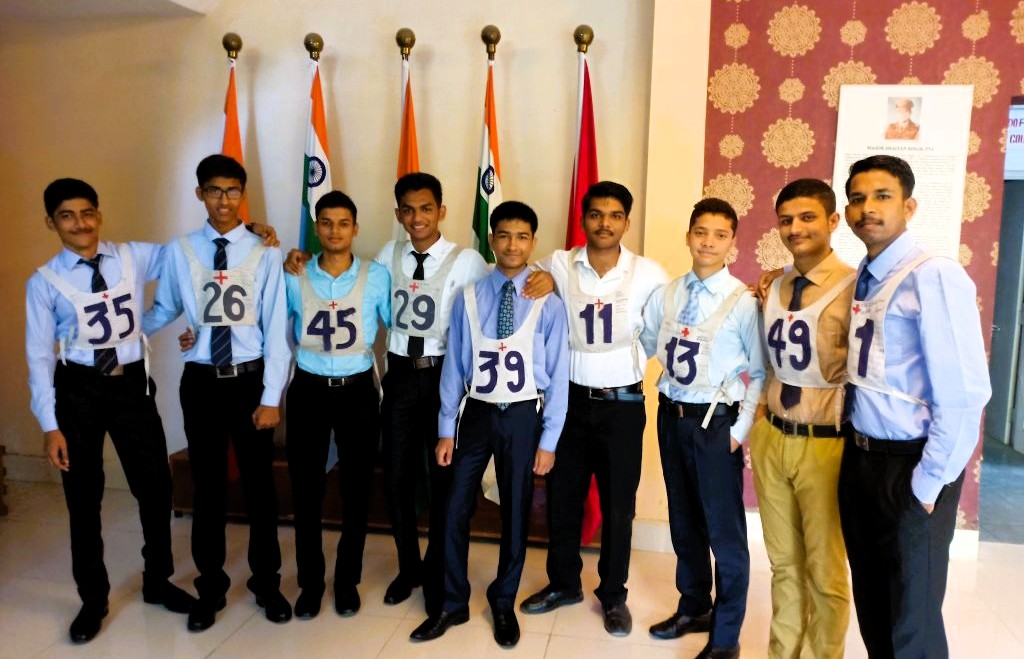


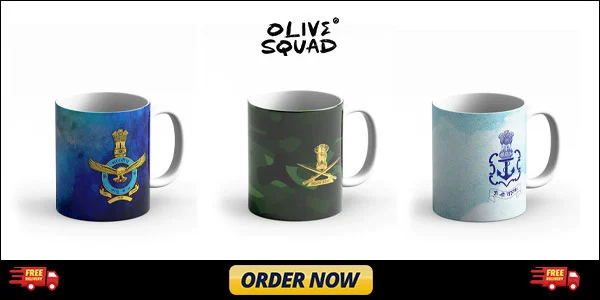
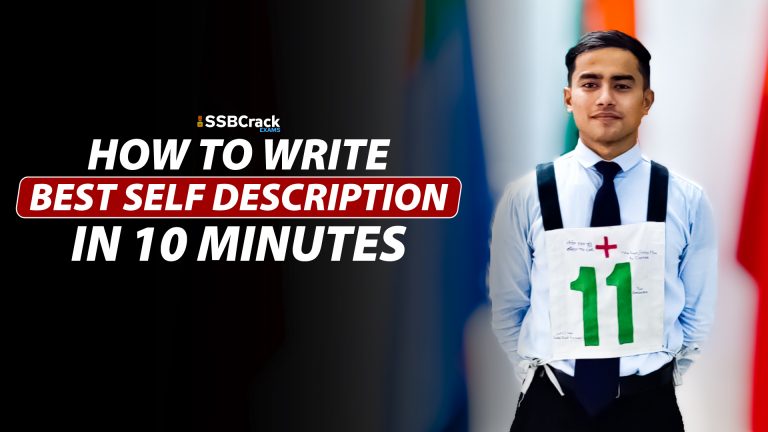
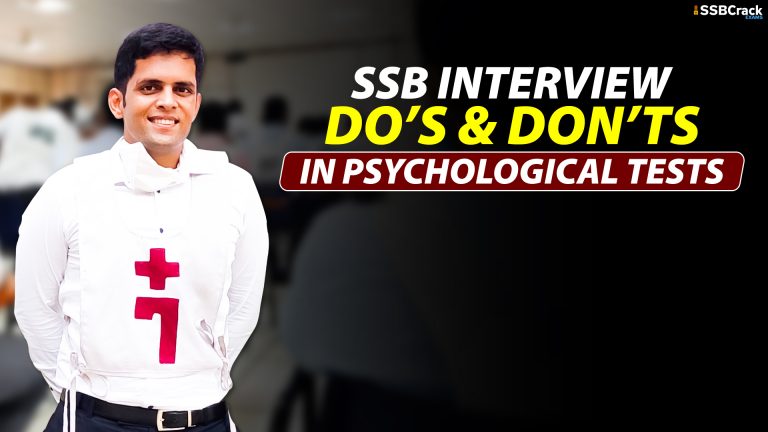
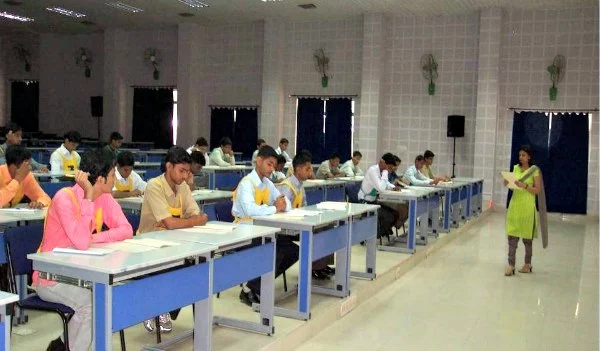

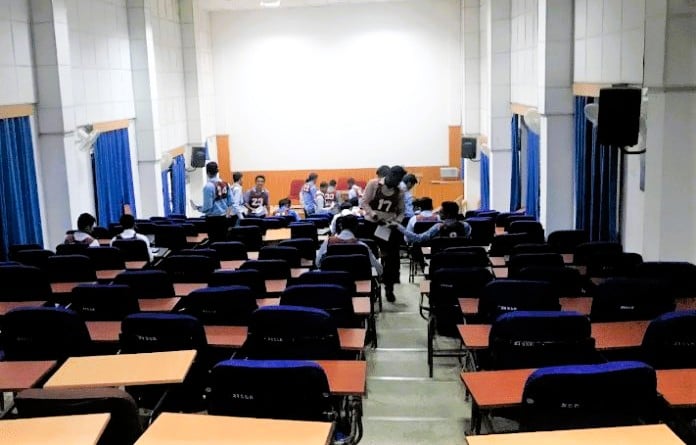
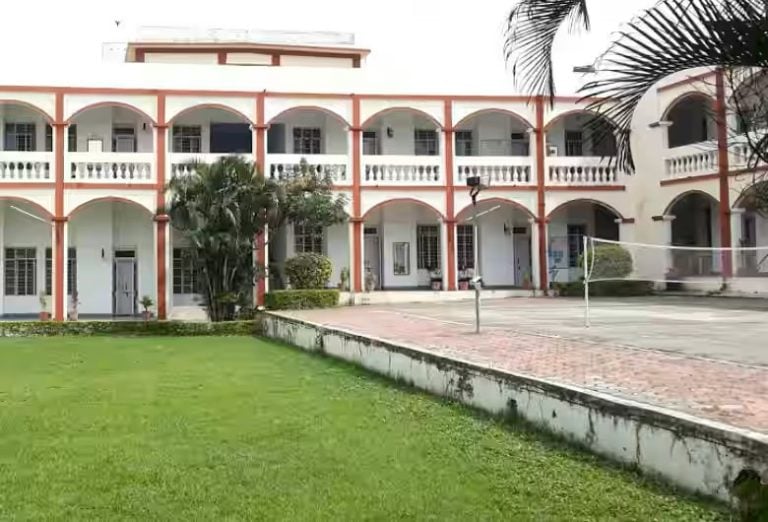
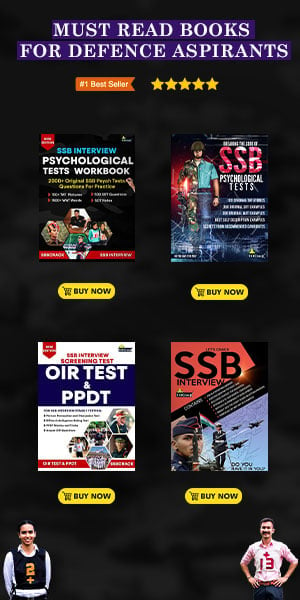
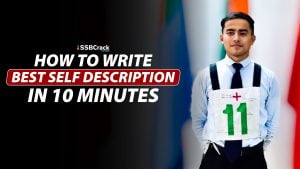

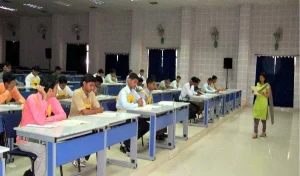
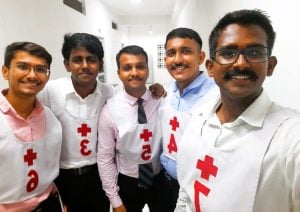
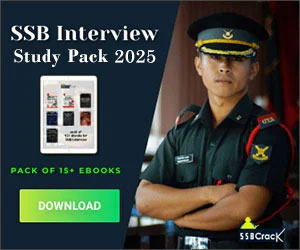
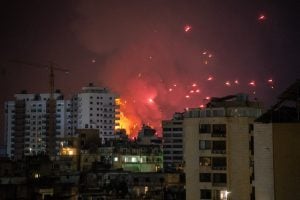

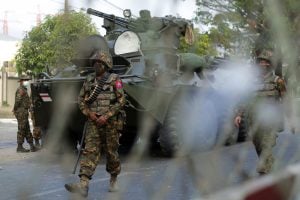
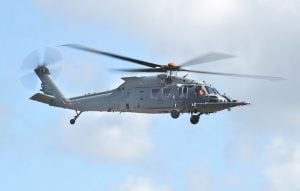

2 thoughts on “What is Situation Reaction Test (SRT) in SSB Interview”
Its k if u aren’t able to complete full 60 questions ….but do at least 40 or 45
what if i am not able to answer all the 60 situations in the given time limit ??